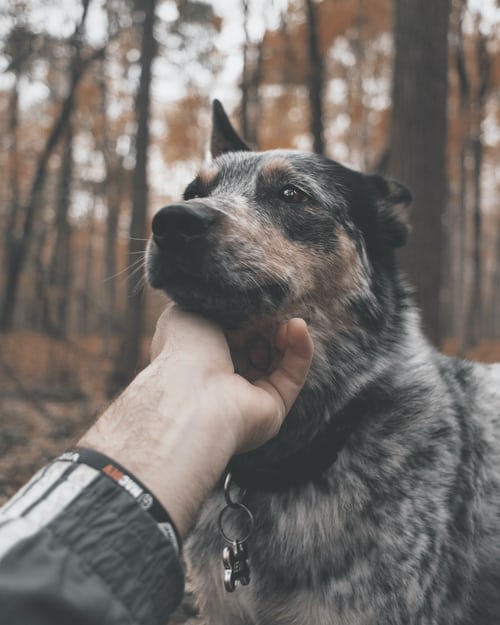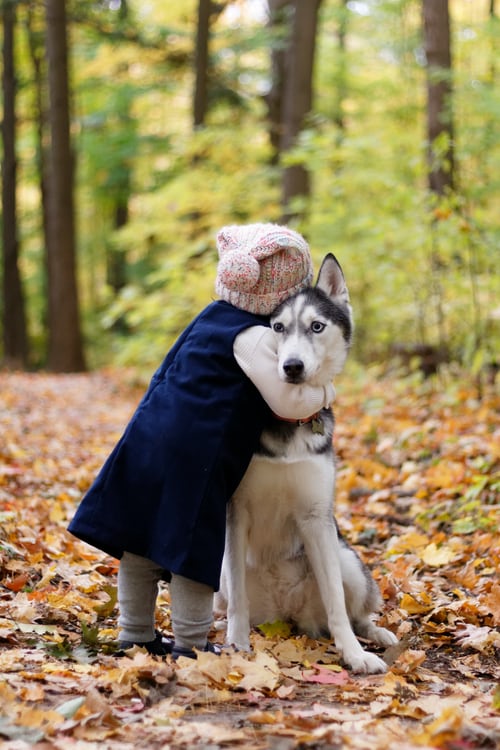Best Friends or Best Parents? How Pet Dogs Perceive Us
Anjira Sengupta
 Credits: Unsplash
Credits: Unsplash
This pandemic has confined us to our homes and abruptly interrupted our daily social gatherings. It might have been a little easier for people with pets at home. This article focuses on pet dogs and how our furry roommates perceive us, and how that might differ from their perception of other companion dogs living in the same house
Tweet
Let’s walk down memory lane and imagine a late night in the pre-pandemic era. After a long and grueling day at work, you return home and open your door wearily. And, there they are! Your dogs, sitting right in front of you with their glowing puppy eyes. Their ecstatic welcome washes away all your exhaustion, and their contagious energy replenishes yours.
But it’s not just you who finds this reunion refreshing. When you come back home, your furry pet feels the most secure around you, as well. Even more secure than the presence of any other companion dog.
You might wonder, "Can an animal really feel more comfortable around me than someone from its own species?" Dr. Monique Udell and her research group from the Oregon State University, USA, wondered the same. For the past eight years, they have been studying the interactions between humans and animals. Their recent study enlightens us about the relationship among companion dogs in a household and their primary caregivers - humans.
Researchers in the past have uncovered a surprising bonding pattern between adult pet dogs and humans: pet dogs seek security in their owners like children would in their parents.[2] Dr. Udell's group tried figuring out if adult dogs living in the same house had a similar pattern among themselves.[1]
To test their theory, they designed an experiment. Let’s imagine two companion dogs, Goldie and Blackie, who live with their owner Ron. Ron first takes Goldie to a room they never went into before. He interacts freely with Goldie ((a) in picture:1) and leaves the room after 2 minutes, leaving the dog behind (b)
 Picture 1: The experimental setup
Picture 1: The experimental setup

After 2 minutes of separation, Ron comes back and again starts interacting with Goldie for 2 minutes (c), just like earlier. Ron leaves again after 2 minutes of the reunion. Now, a volunteer brings Blackie into the room and leaves him with Goldie for 2 minutes (d). Then the volunteer takes Blackie outside (e) and brings him back after another 2 minutes of interval (f). You might have noticed Goldie’s behaviour change throughout the experiment.
Udell’s group repeated this same experiment with 24 pairs of dogs and their caregivers. Similar to previous results, they found that dogs sought human presence when left alone. But, even in the presence of their companion dogs (say Blackie), the researchers noticed that some dogs (like Goldie) kept looking for their human caregivers (Ron). Through more results, they realized that dogs in the same household bonded like siblings. Whereas the same dogs bonded with humans like babies would with their parents.
This study shows us one of the prominent results of dog domestication. Humans kept dogs as pets, generations after generations. As dogs formed bonds with humans, they obtained through evolution many of the features and behaviours that capture our attention. Since domesticated dogs of today cannot find their food or shelter easily, bonding with humans helps them live in this ruthless world.
So, enjoy the pandemic with your furry babies and spend quality time with them. Even after the pandemic is over, try to maintain this practice with as much effort as possible. Because just as they take away all our worries and tension, they also depend on us for love and attention!

Bibliography
Anjira is mostly recognized as your friendly neighborhood expert on dog behaviour. As an aspiring ethologist, she graduated from IISER Kolkata with a degree in biology in 2020 and she is set to join Louisiana State University come spring 2022 to pursue her PhD. If this gregarious woman is not explaining to you the nuances of the social dynamics of stray dogs, that's because she is probably too busy painting portraits or making miniature crochet models!
This article was submitted by Anjira Sengupta as an assignment during the workshop Scicomm for Scientists 2021, organised by Cogito137, IISER Kolkata, funded by the Department of Science and Technology, Govt. of India. The assignment was selected for publication and has undergone due editorial process. Team Cogito137 thanks Spoorthy Raman for the initial editorial review of this article.
signup with your email to get the latest articles instantly